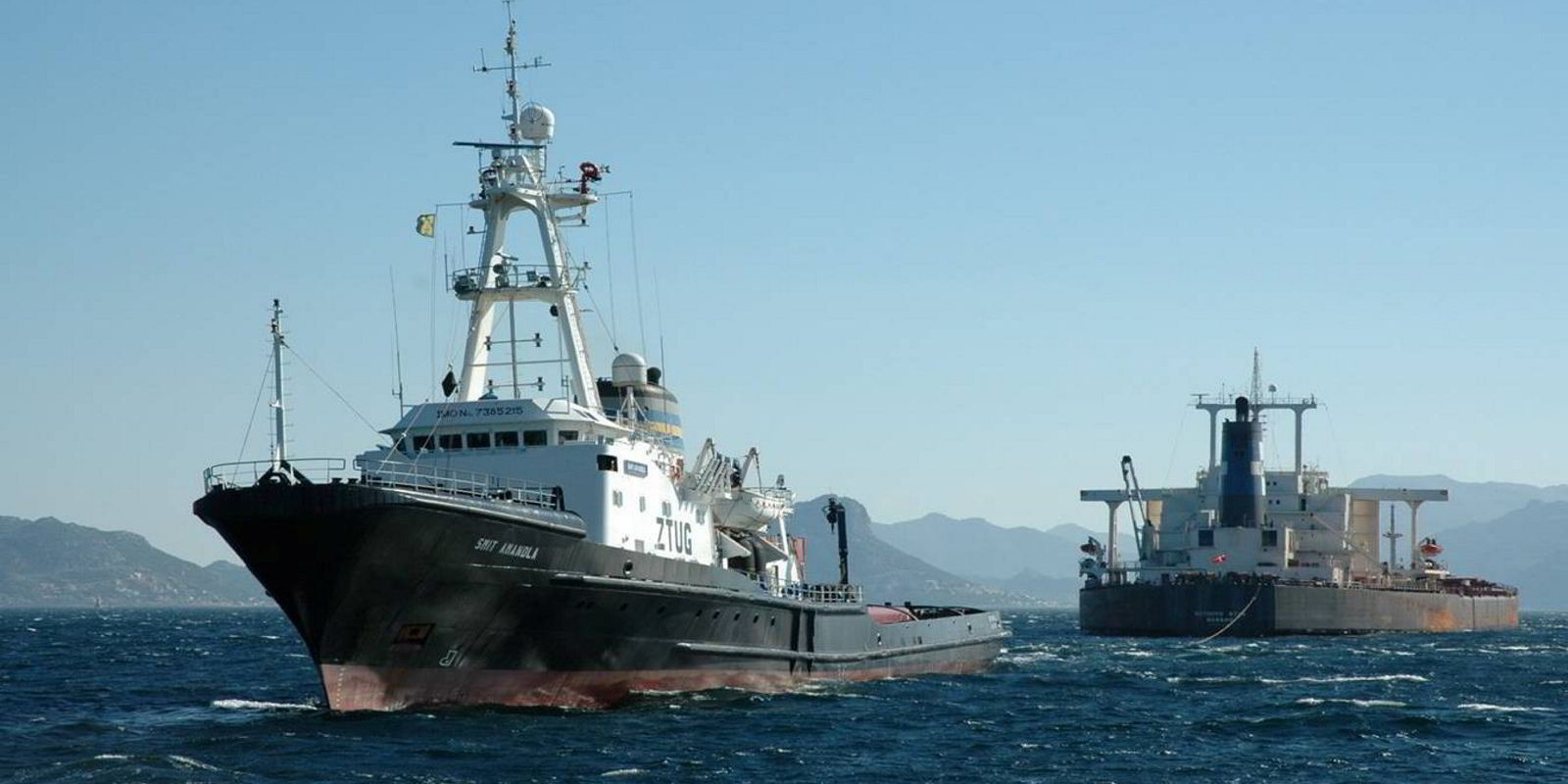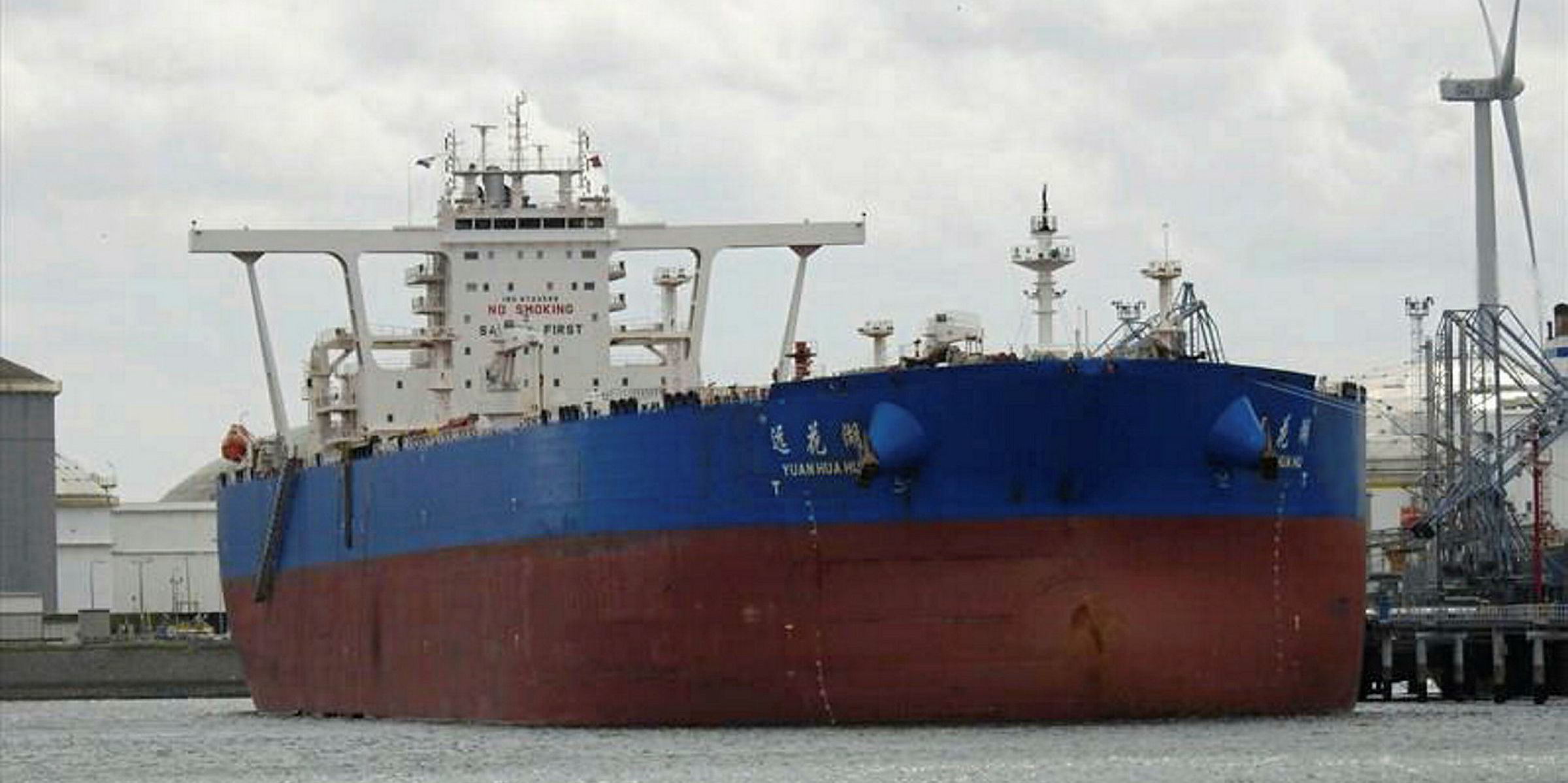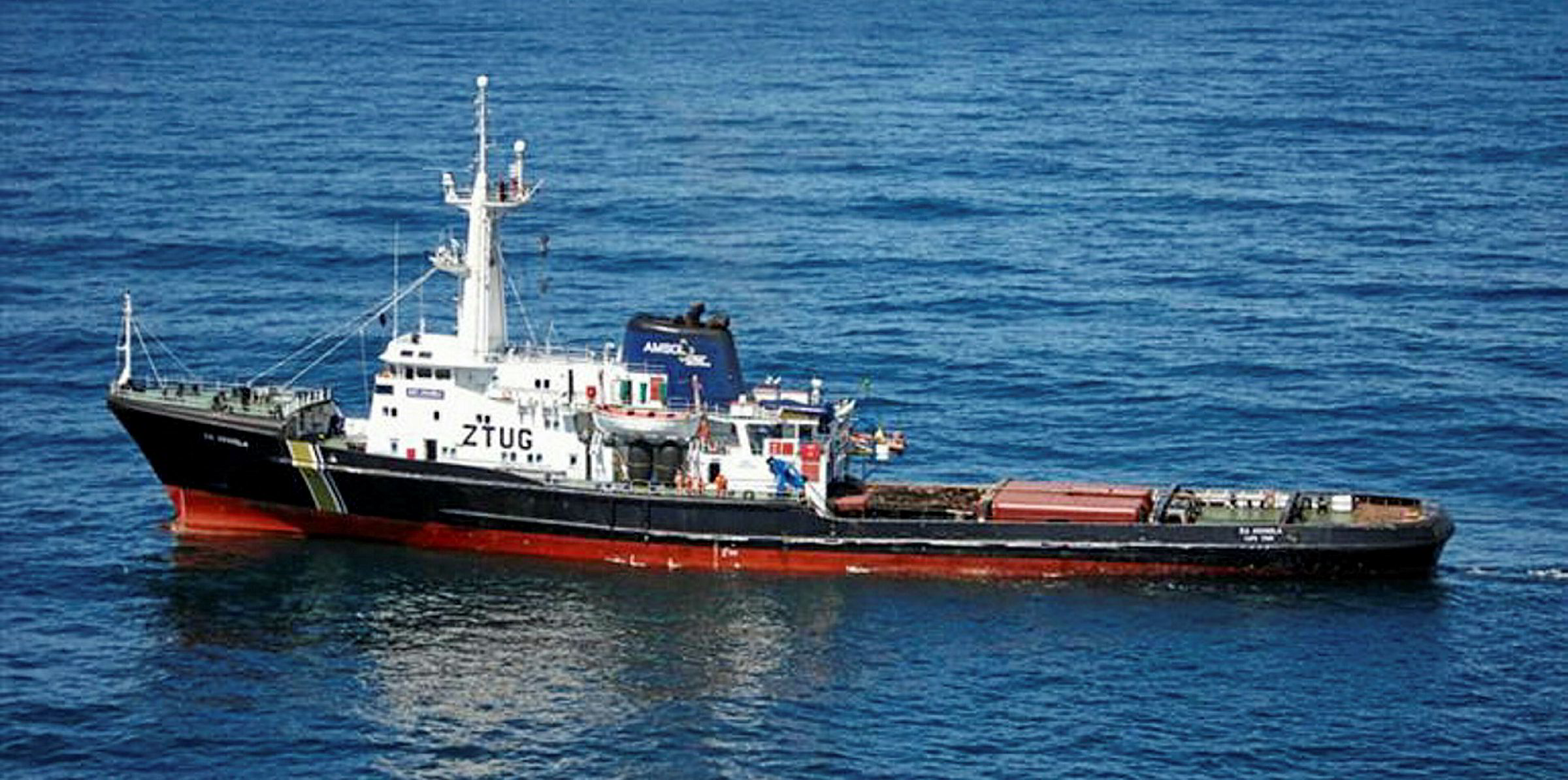When the veteran salvage tug SA Amandla (built 1976) next casts off its moorings in Cape Town, it will not be racing to save another casualty like it has done for the past 47 years. It will instead be heading for a recycling yard on the Indian subcontinent.
Time has finally caught up with the famous tug that has frequently made front-page headlines for its daring efforts to rescue vessels in trouble off the African coastline.
According to South African shipping sources, the ship is expected to depart on its final voyage within the next few weeks under the name Iconic.
As the John Ross, it was one of a pair of 19,200-bhp deepsea tugs built by Safmarine. The ship, along with the identical Wolraad Woltemade, were the most powerful tugs afloat for many years.
The pair were ordered against a long-term emergency tow vessel contract from the South African Maritime Safety Authority, which after a string of devastating tanker casualties in the early 1970s, determined the country needed salvage tugs with the highest level of oomph on standby to prevent future disasters.
The value of that power was shown in 1983, when the Spanish VLCC Castillo de Bellver (built 1978) burst into flames and split in two off the west coast of South Africa while fully laden.
While the aft part of the tanker sank, taking with it 100,000 tonnes of crude oil, the Wolraad Woltemade towed the forward section containing 60,000 tonnes of crude deep into the Atlantic, where it was scuttled using explosives.
This was no easy feat considering that the forward section had partially sunk into a perpendicular position, leaving just the tip of the bow poking out above the water. The technology to pump the oil out of the forward tanks did not exist at the time.
The two tugs were rarely idle, being frequently called upon to rescue vessels in danger of coming to grief on the South African coast. One would remain on standby while the other would undertake towing and salvage work around the globe.
The Wolraad Woltemade was scrapped in 2010, leaving the John Ross on permanent standby in Cape Town. The ship would continue in this role for Smit and then AMSOL under the names Smit Amandla and SA Amandla.
The SA Amandla was kept occupied up to its recent retirement. According to AMSOL, in its last three months in service, the tug had a busy operational period that included towing a disabled Japanese fishing trawler from 400 nautical miles (740 km) east of East London to Cape Town.
A timeous intervention saw the ship avert a potential grounding when it towed a disabled bulk carrier that was very close to grounding on one of Cape Town’s popular beaches to safety offshore and, as its finale, standing by another bulk carrier in Algoa Bay while it carried out engine repairs.
South Africa is one of only 12 countries to keep an emergency towing vessel on standby. The SA Amandla’s role has been taken over by AMSOL’s 18,800-bhp Umkhuseli (built 2013), a former anchor-handling tug supply vessel that was acquired in 2021 for salvage use.






